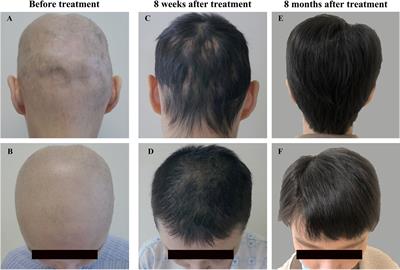diffuse hair loss icd 10
The ICD code L64 is used to code Male-pattern hair loss. The ICD code L64 is used to code Male-pattern hair loss Male-pattern hair loss MPHL also known as androgenic alopecia and male pattern baldness is hair loss that occurs due to an underlying susceptibility of hair follicles to shrinkage due.

Male Pattern Hair Loss Androgenetic Alopecia Balding Dermnet Nz
Nonscarring hair loss unspecified.

. The code L658 is valid during the fiscal year 2022 from October 01 2021 through September 30 2022 for the submission of HIPAA-covered transactions. 606 Minor skin disorders with mcc. The code L640 is valid during the fiscal year 2022 from October 01 2021 through September 30 2022 for the submission of HIPAA-covered transactions.
The resting scalp club hairs remain firmly attached to the hair follicles at first. This is the American ICD-10-CM version of L658 - other international. ICD-10-CM Diagnosis Code L659 convert to ICD-9-CM Nonscarring hair loss unspecified.
607 Minor skin disorders without mcc. The ICD-10-CM code L658 might also be used to specify conditions or terms like alopecia due to disturbance. Male-pattern hair loss is the most common cause of hair loss and will affect up to.
L659 is a billable diagnosis code used to specify a medical diagnosis of nonscarring hair loss unspecified. ICD-10-CM Diagnosis Code L659. Male-pattern hair loss is the most common cause of hair loss and will affect up to.
In diffuse hair loss ask if the loss is predominantly hair thinning or shedding if there is a relationship to any. Male-pattern hair loss is the most common cause of hair loss and will affect up to. The ICD-10-CM code L659 might also be used to specify conditions or terms like alopecia alopecia localis.
The 2022 edition of ICD-10-CM L658 became effective on October 1 2021. Telogen effluvium is a non-scarring form of diffuse hair loss with no clinical or histological evidence of inflammation and can affect up to 50 of the scalp hair. L640 is a billable diagnosis code used to specify a medical diagnosis of drug-induced androgenic alopecia.
Icd 10 Elise Pdf. Topical minoxidil solution it generally takes 612 months before improvement is observed 46 Oral finasteride used for male pattern hair loss 4 Anti-androgen therapy for women includes oral spironolactone cyproterone acetate. The ICD-10-CM code L649 might also be used to specify conditions or terms like alopecia hereditaria diffuse alopecia endocrine alopecia or male pattern alopecia.
The ICD-10-CM code L640 might also be used to specify conditions or terms like diffuse alopecia drug-induced. To code a diagnosis of this type you. Androgenetic alo - pecia may be diffuse or in a specific pattern and may progress to.
The new hairs coming up through the scalp push out the resting club hairs and increased hair fall. Unspecified diagnosis codes like l659 are acceptable when clinical information is unknown or not available about a particular condition. Alopecia hair loss male pattern.
The 2022 edition of ICD-10-CM R208 became effective on October 1 2021. L659 is a billable diagnosis code used to specify a medical diagnosis of nonscarring hair loss unspecified. Unspecified diagnosis codes like L649 are acceptable when clinical information is unknown or not available about a particular condition.
Diffuse Hair Loss Icd 10 Diffuse Hair Loss Causes Signs And Treatment Options - The code l659 is valid during the fiscal year. The ICD code L64 is used to code Male-pattern hair loss. Diffuse hair loss icd 10.
Diffuse hair loss is commonly due to telo-gen or anagen effluvium. Male-pattern hair loss MPHL also known as androgenic alopecia and male pattern baldness is hair loss that occurs due to an underlying susceptibility of hair follicles to shrinkage due to the influence of androgenic hormones. The lack or loss of hair from areas of the body where hair is usually found.
R208 is a billablespecific ICD-10-CM code that can be used to indicate a diagnosis for reimbursement purposes. L658 is a billable diagnosis code used to specify a medical diagnosis of other specified nonscarring hair loss. 606 minor skin disorders with mcc.
ICD-10-CM L659 is grouped within Diagnostic Related Groups MS-DRG v 390. Alopecia areata L63 L638 is a billable diagnosis code used to specify a medical diagnosis of other alopecia areata. L988 is a billablespecific ICD-10-CM code that can be used to indicate a diagnosis for reimbursement purposes.
The code L659 is valid during the fiscal year 2022 from October 01 2021 through September 30 2022 for the submission of HIPAA-covered transactions. Oth disrd of the skin and subcutaneous tissue. Alopecia can be a side effect of some cancer treatments.
The 2022 edition of ICD-10-CM L988 became effective on October 1 2021. This is the American ICD-10-CM version of L988 - other international versions of ICD-10 L988 may differ. This is the American ICD-10-CM version of L639 - other international versions of.
The 2022 edition of ICD-10-CM L639 became effective on October 1 2021. The code L638 is valid during the fiscal year 2022 from October 01 2021 through September 30 2022 for the submission of HIPAA-covered transactions. Diseases of the skin and subcutaneous tissue L00L99 Disorders of skin appendages L60-L75 Other nonscarring hair loss L65 L659 Nonscarring hair loss unspecified.
Male-pattern hair loss MPHL also known as androgenic alopecia and male pattern baldness is hair loss that occurs due to an underlying susceptibility of hair follicles to shrinkage due to the influence of androgenic hormones. Convert L659 to ICD-9-CM. The ICD-10-CM code L638 might also be used to specify conditions or terms like circumscribed alopecia.
Alopecia areata unspecified L639 is a billablespecific ICD-10-CM code that can be used to indicate a diagnosis for reimbursement purposes. This is the American ICD-10-CM version of R208 - other international versions of ICD-10 R208 may differ. Other specified nonscarring hair loss L658 is a billablespecific ICD-10-CM code that can be used to indicate a diagnosis for reimbursement purposes.
The code L659 is VALID for claim submission. Male-pattern hair loss MPHL also known as androgenic alopecia and male pattern baldness is hair loss that occurs due to an underlying susceptibility of hair follicles to shrinkage due to the influence of androgenic hormones. The ICD code L64 is used to code Male-pattern hair loss.
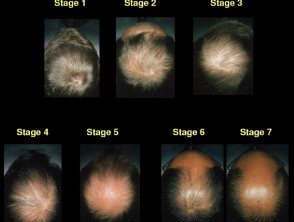
Male Pattern Hair Loss Androgenetic Alopecia Balding Dermnet Nz

Hair Loss In Women Of Color Springerlink
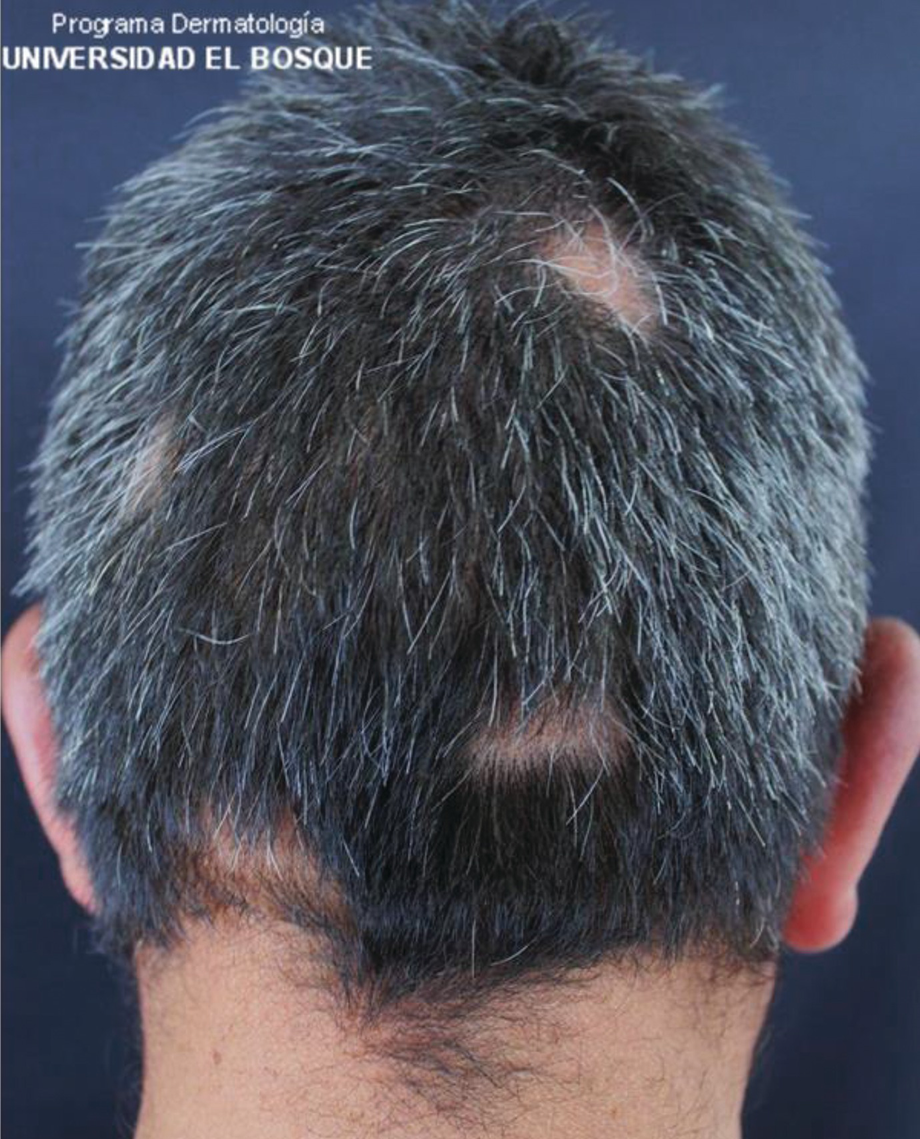
Inflammatory Diseases Of The Hair Follicle Springerlink

Inflammatory Diseases Of The Hair Follicle Springerlink
Search Results Alopecia Frontal Scalp Temporal Scalp Chronic Duration Lasting Years 2 12 Year Old Female
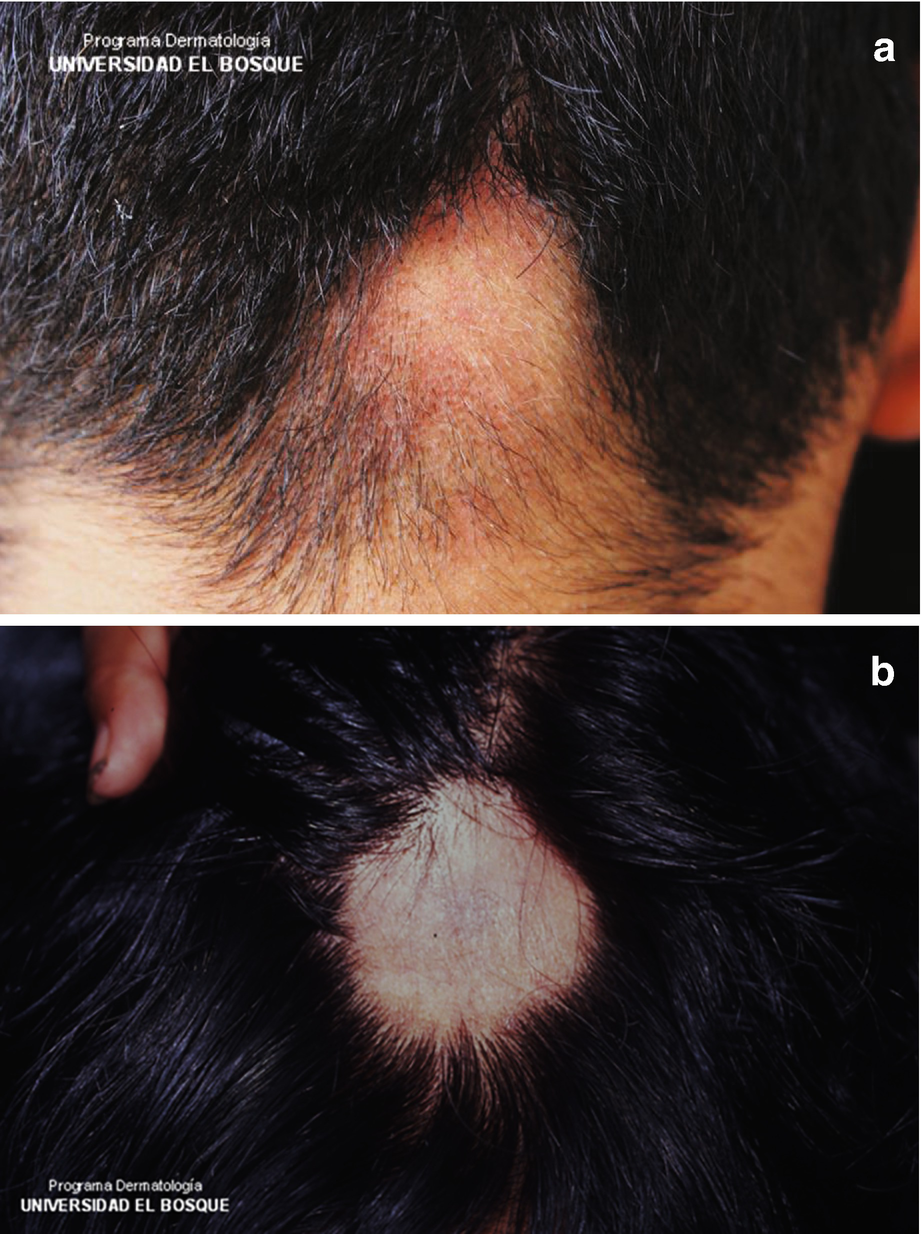
Inflammatory Diseases Of The Hair Follicle Springerlink

Psychotrichology Psychosomatic Aspects Of Hair Diseases Harth 2013 Jddg Journal Der Deutschen Dermatologischen Gesellschaft Wiley Online Library

Male Pattern Hair Loss Androgenetic Alopecia Balding Dermnet Nz

Eeg Brain Activity Brain Activities Epilepsy Medical Education

Psychotrichology Psychosomatic Aspects Of Hair Diseases Harth 2013 Jddg Journal Der Deutschen Dermatologischen Gesellschaft Wiley Online Library

Pdf Plasma Zinc Levels In Males With Androgenetic Alopecia As Possible Predictors Of The Subsequent Conservative Therapy S Effectiveness
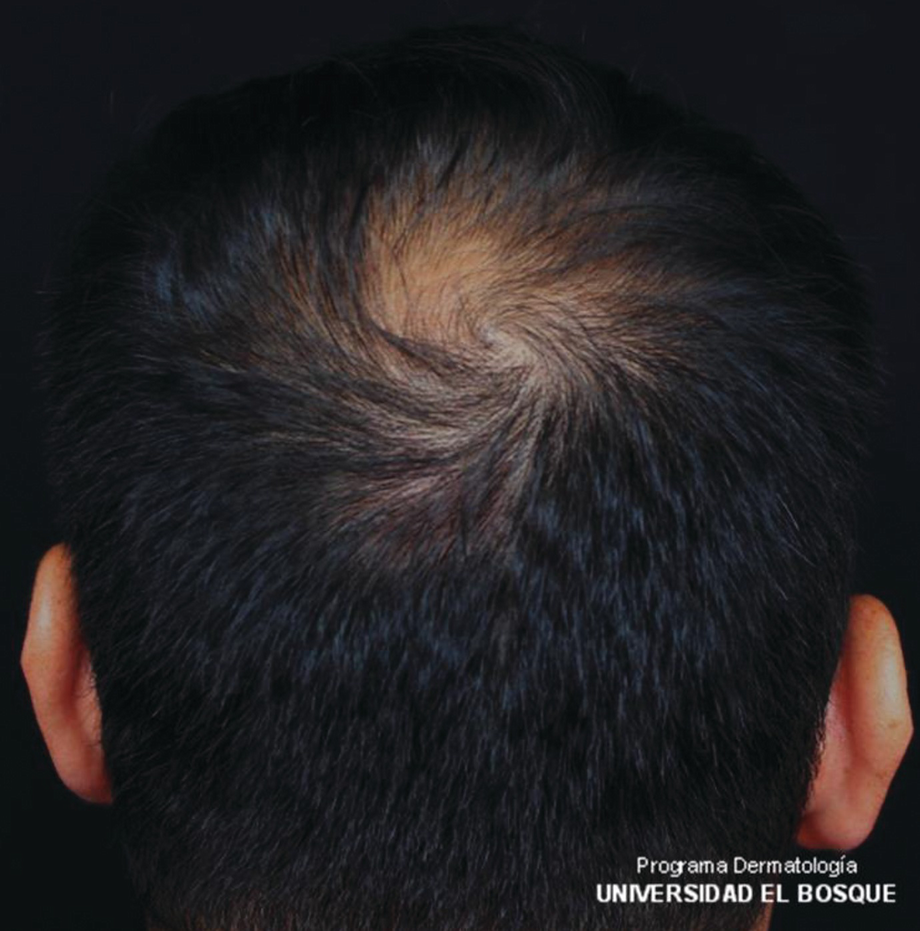
Inflammatory Diseases Of The Hair Follicle Springerlink
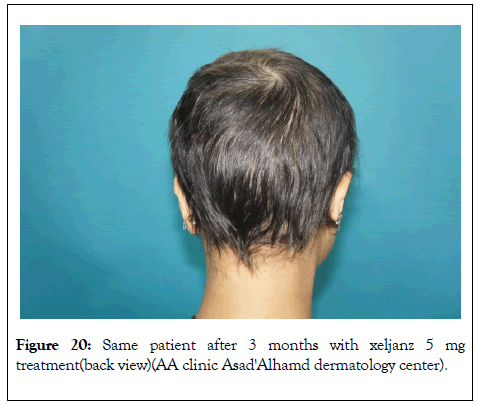
Alopecia Areata In Kuwaiti Patients With Dermoscopy View Of Some Cases
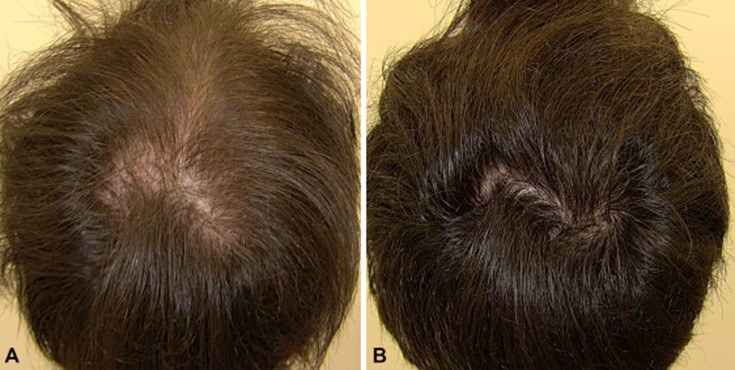
Coming Full Circle Almost Low Dose Oral Minoxidil For Alopecia
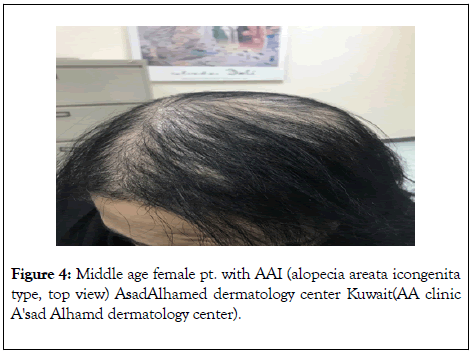
Alopecia Areata In Kuwaiti Patients With Dermoscopy View Of Some Cases
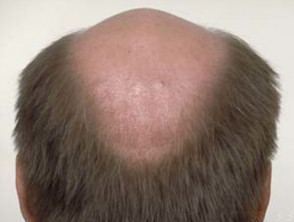
Male Pattern Hair Loss Androgenetic Alopecia Balding Dermnet Nz

Pdf Frontal Fibrosing Alopecia A Disease That Remains Enigmatic

